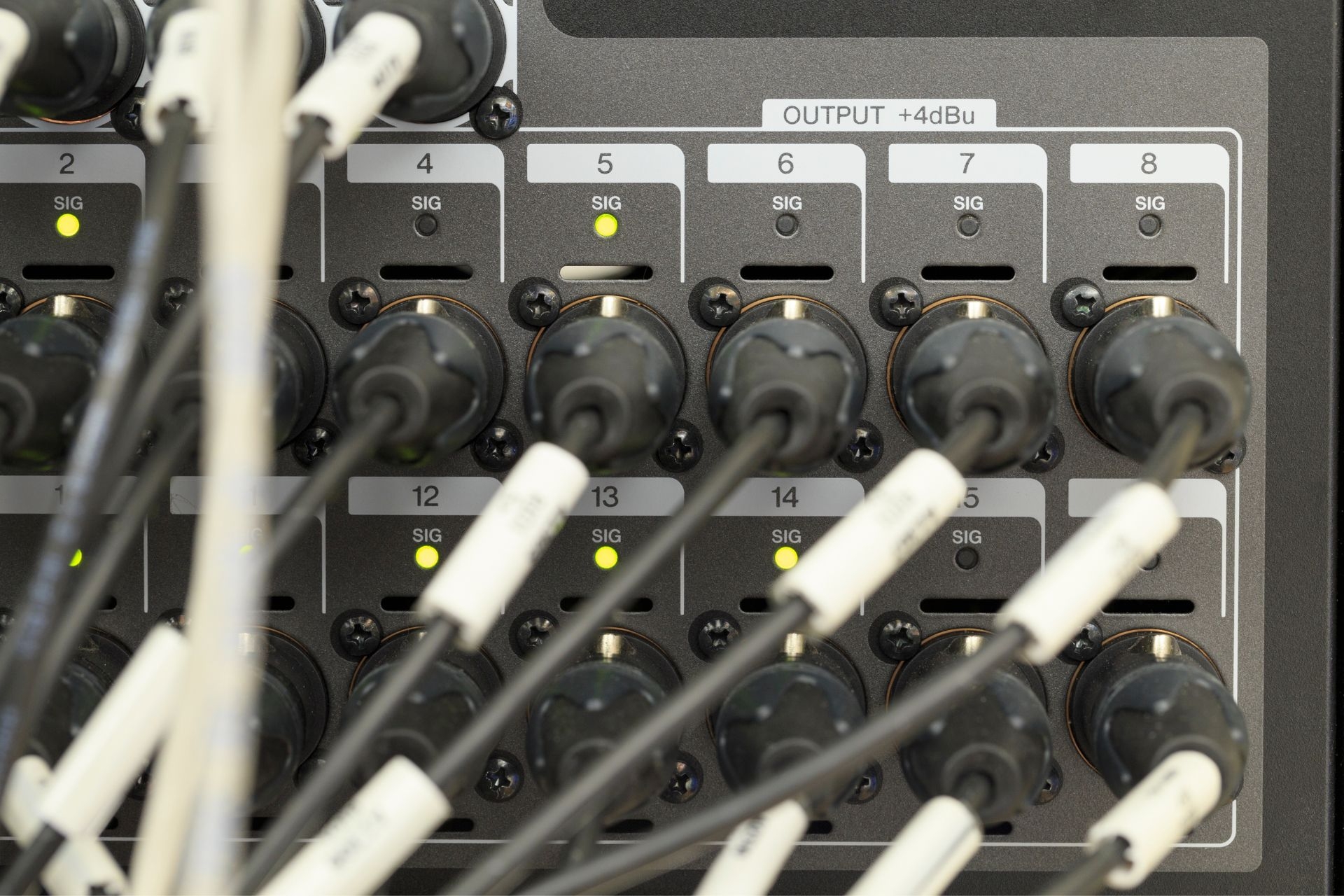Audio Signal Reconstruction
How does the Nyquist-Shannon sampling theorem relate to audio signal reconstruction?
The Nyquist-Shannon sampling theorem is crucial in audio signal reconstruction as it establishes the minimum sampling rate required to accurately capture a continuous signal. According to the theorem, the sampling frequency must be at least twice the highest frequency component present in the signal to prevent aliasing and ensure faithful reconstruction. By adhering to this principle, audio signals can be properly reconstructed from their sampled data without losing important information or introducing distortion.
Digital Signal Processing for Commercial Audio System Installation



